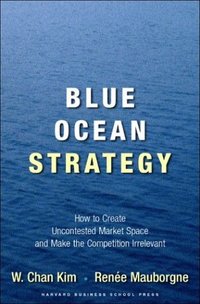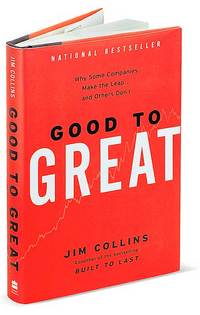We had a major winter storm in Omaha on Thurs., March 1st. Schools were closed on Thursday and again on Friday. Throughout the storm, the Omaha World-Herald got a paper delivered every day.
The New York Times missed Thurs. and Fri., (there is no Saturday delivery). The Wall Street Journal missed Thurs., Fri., and Sat.
The main difference is that in the end, the New York Times made good on eventually delivering me all the papers that I had paid for.
After a half hour wait to get through to a customer service person, the Wall Street Journal told me that they could not get me copies of the Thursday and Saturday papers. They were all out, and I "should go to the library." (During the long wait, every couple of minutes, an automated voice would come on to tell me how important my call was to them—if the call is so important, why don’t they hire enough people so that customers don’t have to wait for a half hour?)
The weather problem was not a secret. Wouldn’t a good business anticipate publicly known problems, and have a contingency plan for dealing with them? Wouldn’t they increase their production in order to be able to make good on the papers their logistical operation was incompetent to deliver? Even if they did not have a clue at the beginning of the storm, couldn’t they have acquired a clue by Saturday, three days into the storm?
If the Omaha World-Herald can deliver, and the New York Times can make good when it can’t deliver, then the Wall Street Journal should be able, at least, to do as well as the New York Times. The Wall Street Journal insults its customers when it tells them to "go to the library."
It’s no way for the nation’s leading business newspaper to run its own business.




